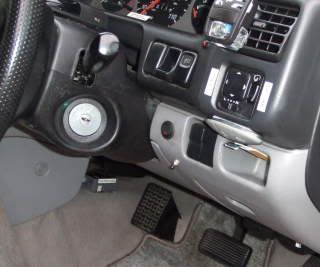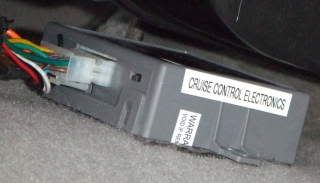In a nutshell, after inspecting all cylinders, the technician advised that number 4 is not receiving fuel from its injector, hence the obvious idling misfire and driving power reduction - at which stage though, due to flywheel momentum, the V6 is again smooth and the misfire as such is no longer obvious except under attempted hard acceleration.Ron Miel wrote:Yep, you've missed something. It's all set out aboveThe Great Pretender wrote:Ron, sorry if I have missed something as I just speed read most of the posts.
Going back to first principals, why are they certain of the cylinder that is the problem? As replacing the injector didn't cure the problem could the connector be causing the misfire or could it be another cylinder with a dicky injector?
Sometimes you get blinkered and look to deep for problems.
A simple injection pulse detector shows that the injector in question is being ECU-pulsed (but it does not measure the pulse duration), hence the injector swap, assuming either a failed injector solenoid or a completely stubborn output blockage. Until I read up some more last night, it was assumed that what they had detected was the pulsed ground switching output directly generated by the main engine ECU.
So when the injector swap failed to cure the problem, it finally seemed to the garage in question (and to me) that the the main ECU's injector driver (see http://www.autodiagnosticsandpublishing ... esting.htm) might be the source of the trouble, perhaps pulsing that particular petrol injector for too short a duration.
However, in my eureka moment last night, I realised that the LPG ECU intercepts and then regenerates twin injector pulses during LPG operation, sending a full operating pulse to the LPG injectors and a separate diminished (duration?) pulse to the petrol injectors to prevent them operating but somehow fooling the main ECU into not actuating an engine failure fail warning light. Therefore, as the LPG injector pulsing is clearly fine, with no LPG-running misfire or power loss, the problem now seems more likely to lie in either the LPG ECU itself or in its output wiring to the petrol injector - probably giving too high a switched ground resistance for the petrol injector's solenoid to operate properly. This seems consistent with the garage's observation that they have sometimes been able to cure petrol misfire problems in LPG converted engines, by "fiddling" with the LPG system wiring loom - so, fingers crossed, I'm going to try to test the cylinder 4 circuit, this morning






